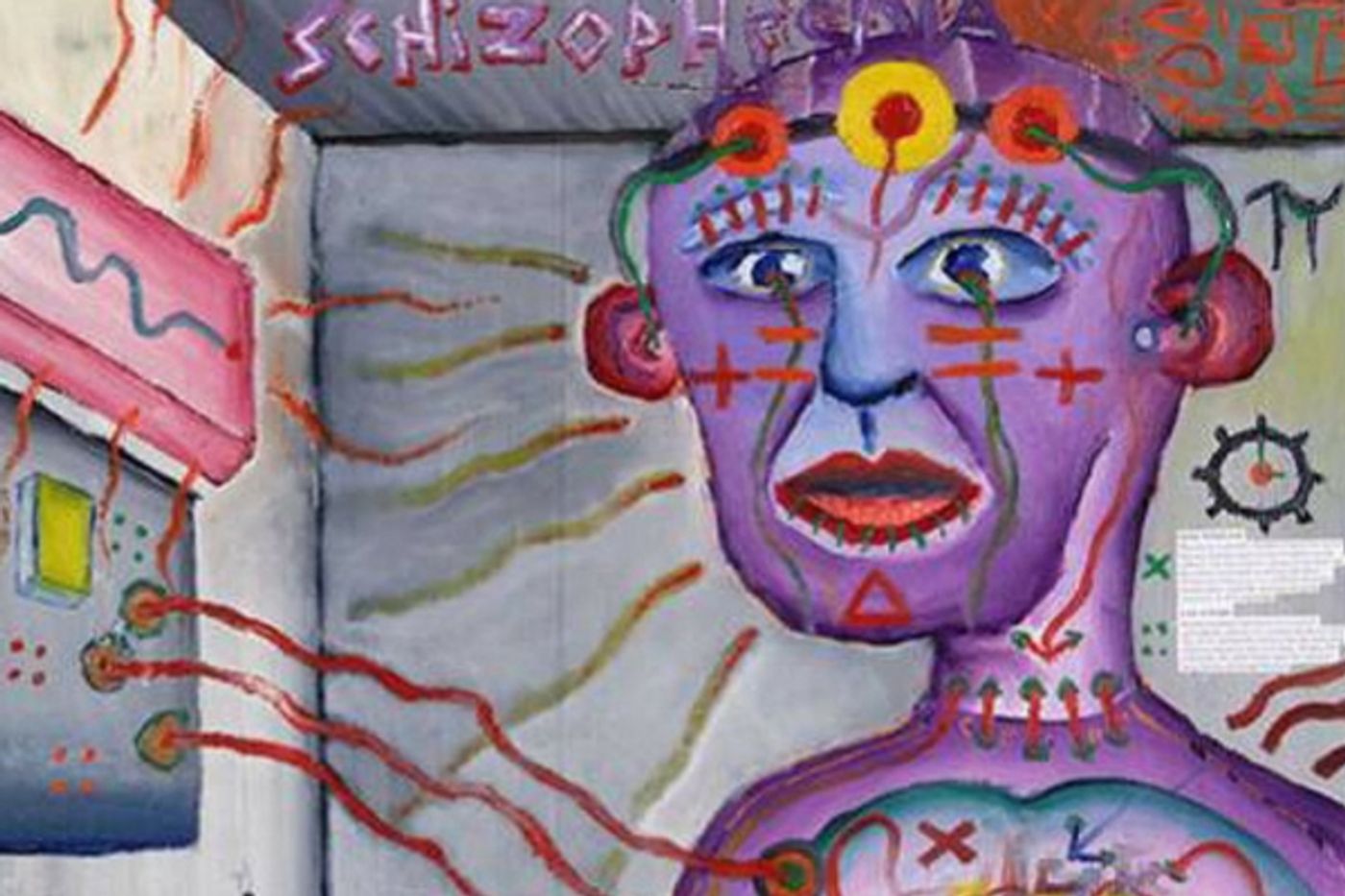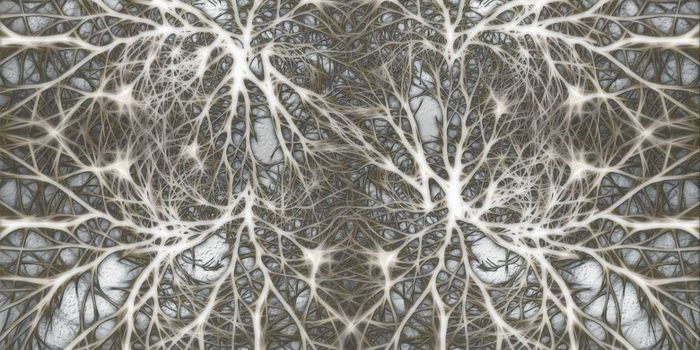Mental illness is a term used to describe disorders like depression, anxiety and schizophrenia. They are mental because they affect how people think and feel, however researchers are constantly looking for a physical cause. Whether it’s a traumatic injury, a chemical imbalance or an electrical misfiring of brain circuits, the cause of these disorders remains difficult to pinpoint. A recent study at Georgia Tech University put it in terms of a matrix, where the brain is out of sync somehow and the result is schizophrenia. Their study could point the way to new treatments and insights into the cause of this devastating brain disorder.

Using big data, the team created a huge simulation of major chemical changes in the brains of patients who have been diagnosed with schizophrenia and then collated that data into simple graphics. Their goal was to create an interactive tool that could easily take the input of symptoms and physical findings and use those to understand the underlying epidemiology of the disease and hopefully target the disease with better treatments.
Research engineer Zhen Qi from the Wallace H. Coulter Department of Biomedical Engineering at Georgia Tech and Emory University said, “Most researchers study a disease from their own specialty’s focus and perspective. Then they may form a hypothesis based on dopamine or glutamate or some other single neurotransmitter. Our model integrates all neurotransmitter systems.”
The team incorporated the chemicals involved in mental well being like dopamine, serotonin and norepinephrine as well as other neurotransmitters and factored in the effect these chemicals have on cognition and working memory. In schizophrenic patients, these chemicals are completely out of balance, resulting in deficits in mental focus and cognitive planning. Patients with schizophrenia can have hallucinations as well as paranoia and combined with the cognitive disruptions, their every day life is extremely difficult. So far, medical science hasn’t come up with much in the way of drug treatment and therapy only goes so far when the issue is brain chemistry.
The team likened it to a mobile over a baby’s crib, where all the neurotransmitters are hanging in a delicate balance. One bump of one piece sends it into chaos, much like trying different medications will result in different effects. Their computational model was developed so that health professionals could virtually tweak different substances and see the possible result in an algorithm before trying it on a patient.
The team consulted with 50 labs around the world and spent time mining the data they received. They worked with expert researchers and came up with a variety of differential equations that detailed the relationships between the various neurochemicals. They then fed all of this data into a computer model, writing code to come up with a virtual matrix that can be used to study hundreds of different patient scenarios. The result, for the end user, is a simple graphic, using the baby mobile imagery to illustrate how changing one part of the equation might look.
Eberhard Voit, a Georgia Tech biomedical engineer and a Georgia Research Alliance eminent scholar, who supervised the modeling effort said, “What the user sees is a mobile tilting back and forth. Color-coded dots on the mobile represent neurotransmitters. If doctors or researchers tug at one, the others follow until a new state is reached.” His colleague Qi added, “The mobile looks simple, although it takes into account the underlying complex interactions among neurotransmitters that determine the nodes in the mobile.”
The team is currently working on creating a graphic user interface that will be available to doctors and researchers who treat schizophrenic patients. The video below talks more about this complex issue that researchers are trying to simplify to better serve those who suffer from this illness.
Sources:
Georgia Tech Biochimica et Biophysica BBA (via PubMed)









